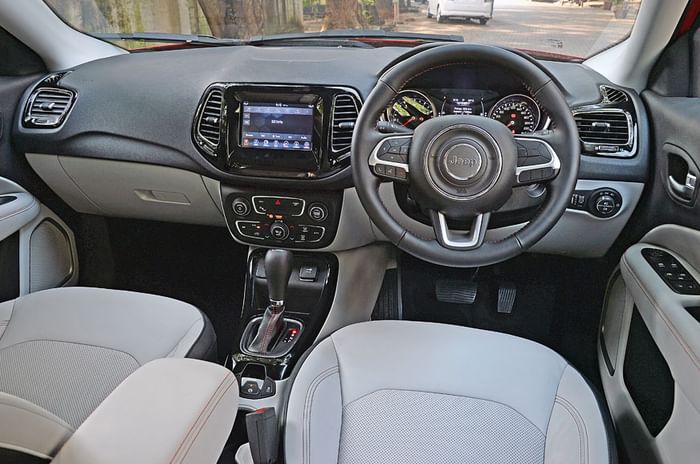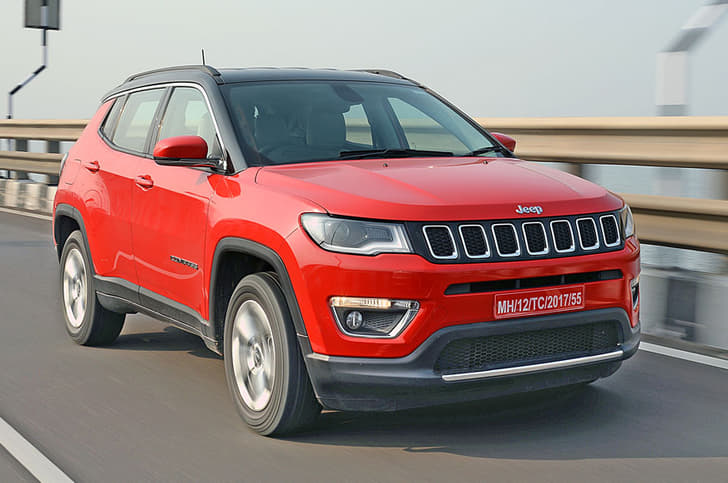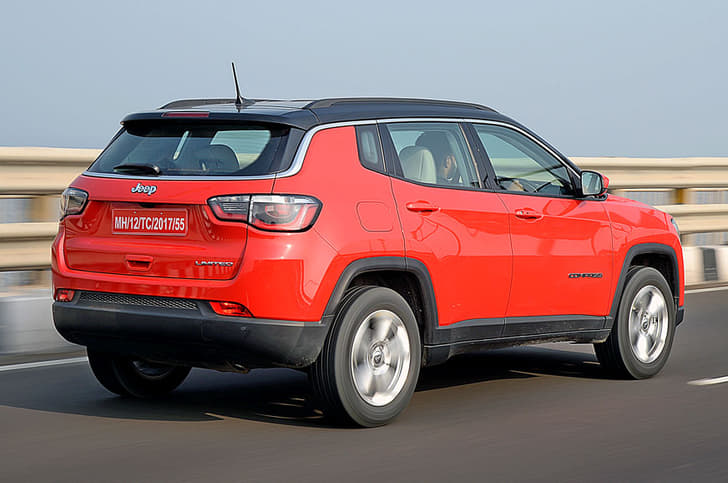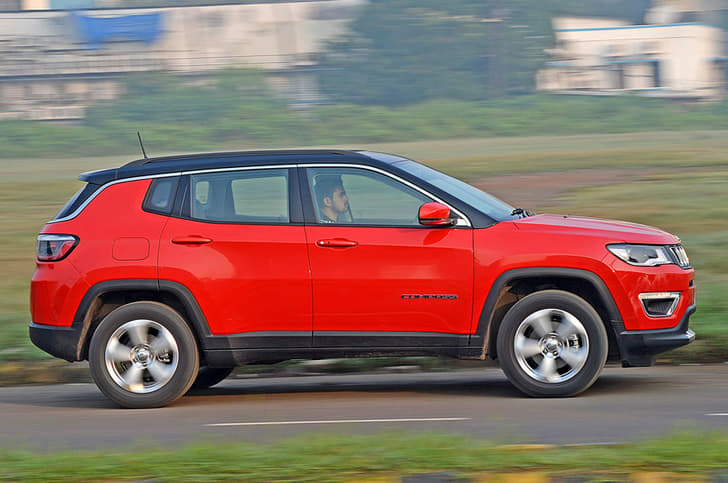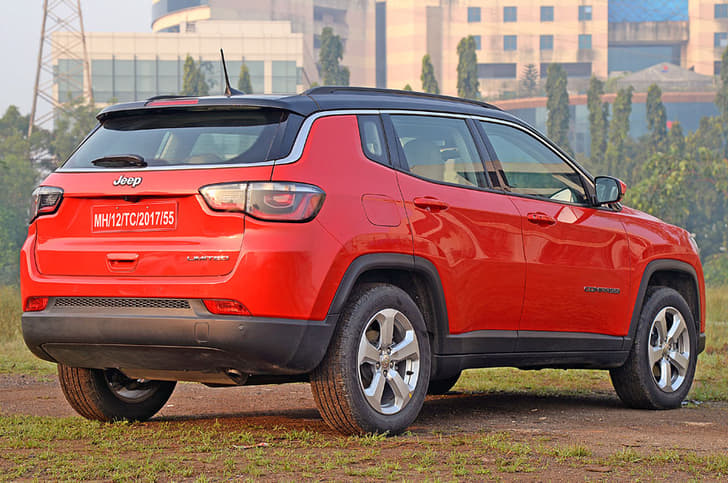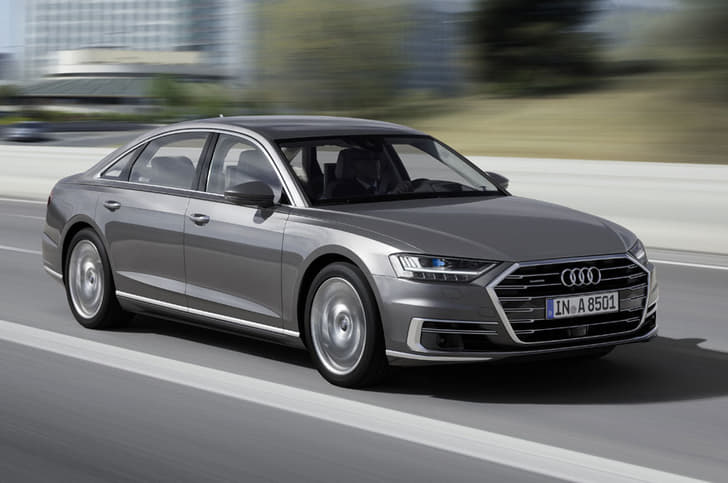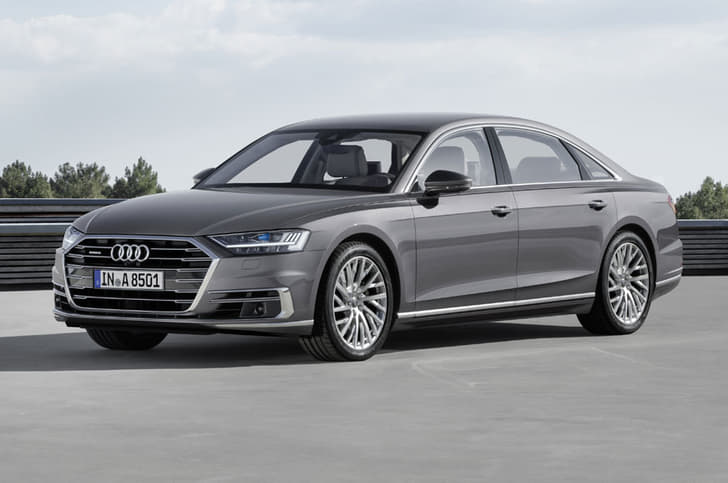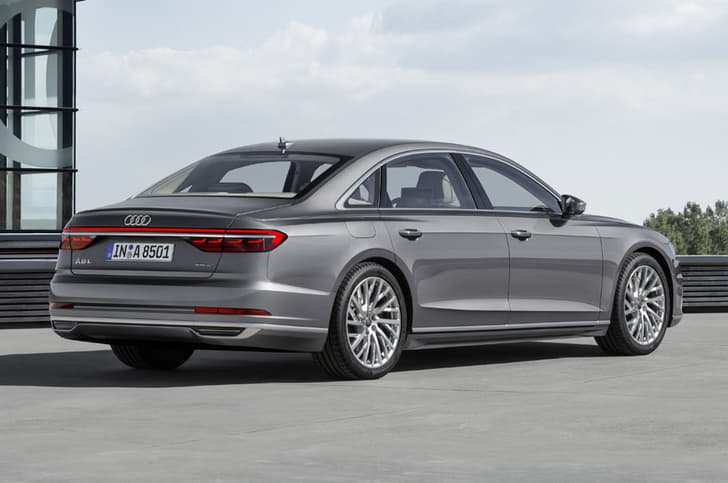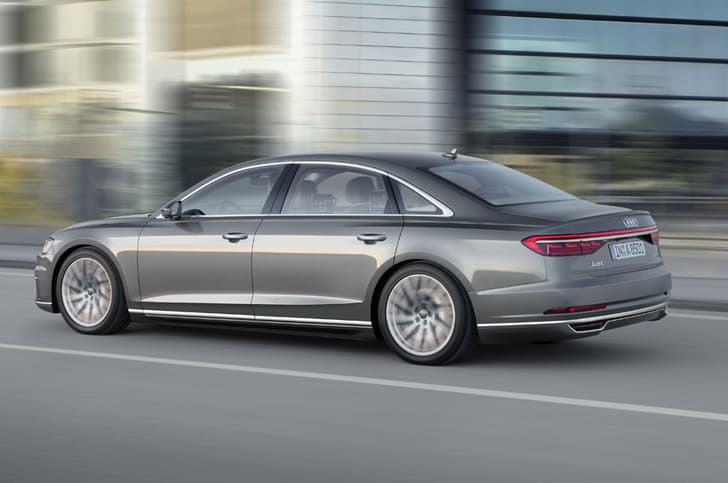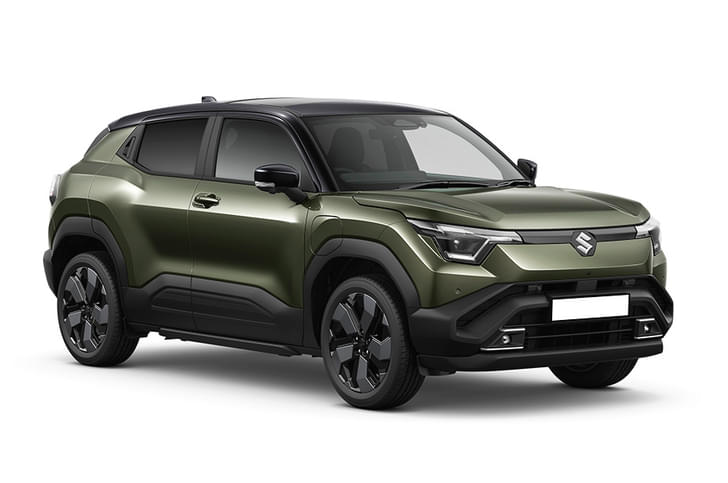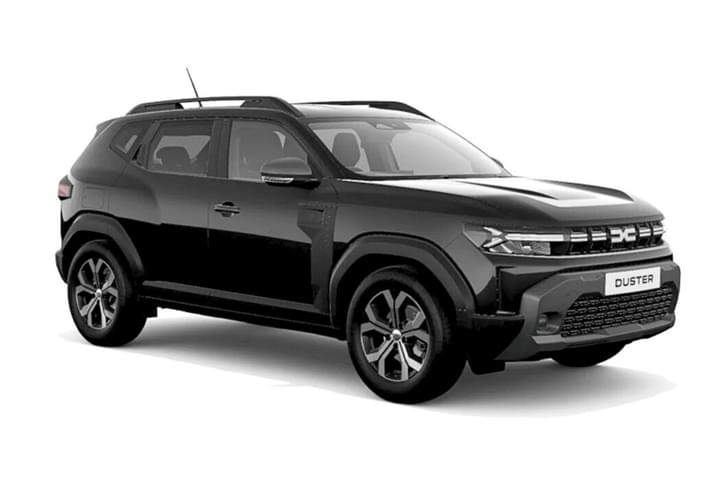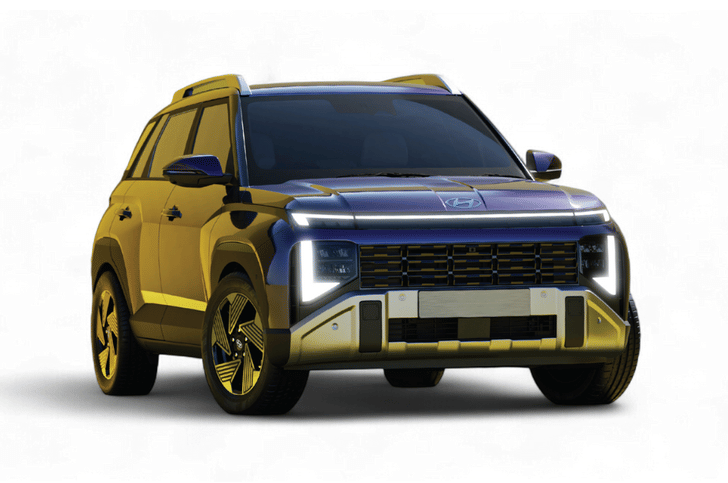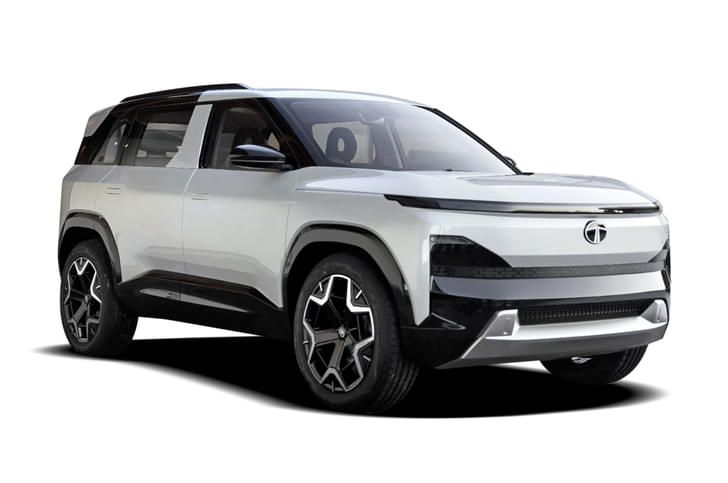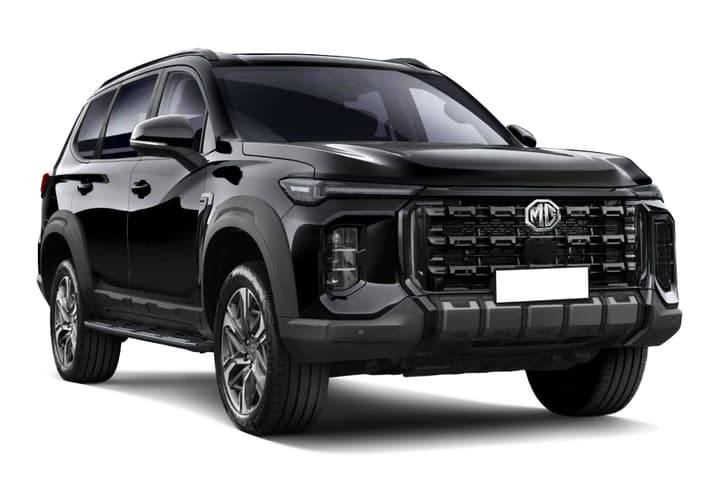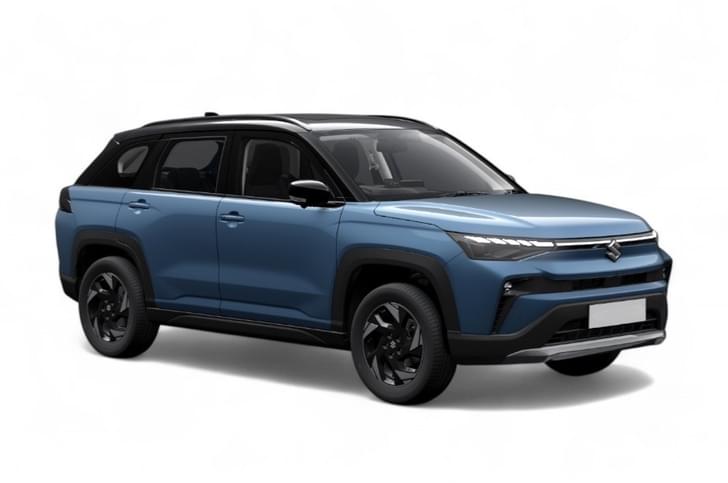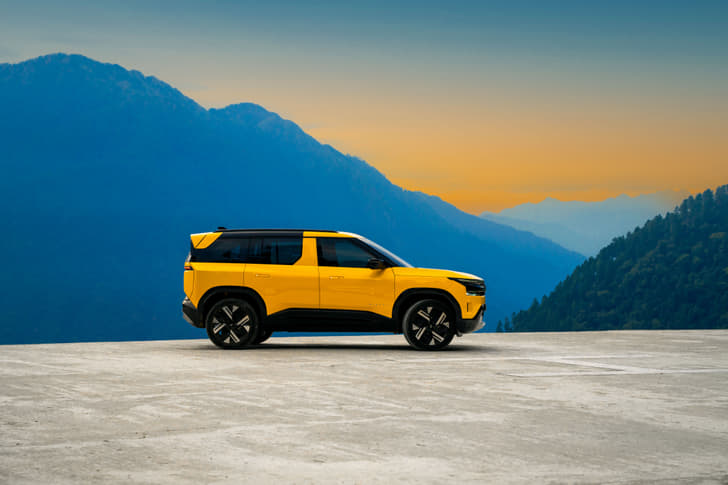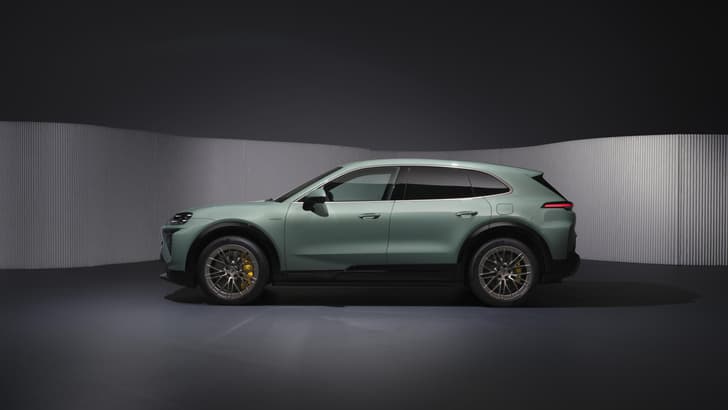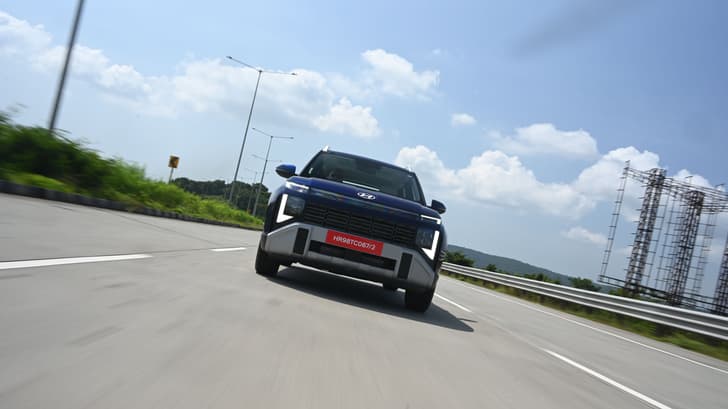What is it?
Jeep has a winner in the shape of the Compass and what a shape it is, blending rugged looks with an upmarket feel to strike straight at the heart of an SUV buyer. But that’s not all. It drives brilliantly, is well-equipped and comes at a very affordable price. Until now, you could only have the Compass with a 2.0 diesel-manual, but now Jeep’s hot seller is set to become even more in demand with the petrol option that’s gone on sale this month. So is this two-wheel-drive Compass – with a 163hp, 1.4-litre turbo-petrol engine and an automatic gearbox – as impressive? That’s what we are going to find out.
For those looking at a petrol Compass, it’s only available as a front-wheel drive and in three variants. The base Sport variant comes only with a six-speed manual transmission, whereas the other two variant – Limited and Limited (O) – are available only with an automatic. Curiously though, the range-topping Limited (O) variant of the petrol Compass comes with 17-inch alloys designated to the lower Longitude trim. That aside, there’s nothing else that differentiates the diesel from the petrol on the outside. Even inside, the biggest change is the auto gear lever and a redline at 6,750rpm on the tachometer. Also, because of the missing 4x4 terrain selector panel, there’s a small area to stow items like wallets or keys; and what’s nice is that its base is rubberised to prevent metallic objects placed there from rattling around.
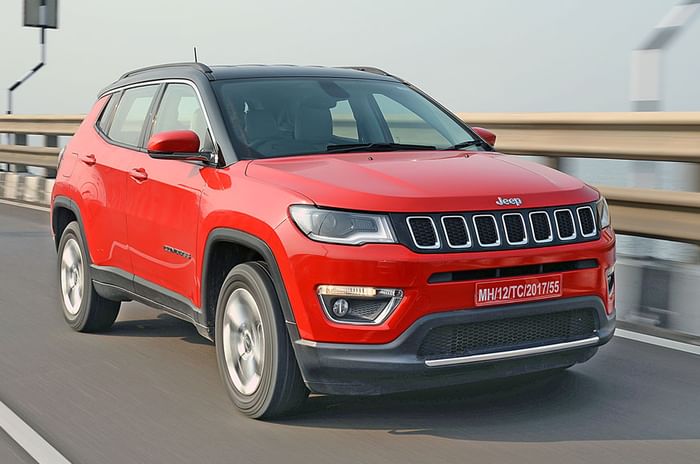
What is it like to drive?
The Compass is powered by a Fiat-sourced 1,368cc turbo-petrol engine which makes a healthy 163hp and 250Nm of torque, so it’s down on power compared to its diesel counterpart that makes 173hp and 350Nm of torque. Still, this petrol engine whisks this 1.5-tonne SUV to 100kph in just 10.29sec. Performance in real-world driving conditions, however, is a lot different. There’s a noticeable turbo lag below 2,000rpm and the bottom-end performance isn’t as strong. It’s only when you spin this motor beyond 2,200rpm that you get a prominent spike in power delivery, after which the Compass briskly gathers pace, riding on a nice wave of torque. The punchy mid-range does induce a bit of torque steer, especially on an uneven surface, so you have to keep a firm hand on the steering. The engine is pretty free-revving, but as you pile on the revs, it’s not as refined as we would have liked and sounds a bit too vocal and boomy from around 4,000rpm till the 6,500rpm cut-off. What’s nice though, is that boost remains strong till around 6,000revs and doesn’t tail off so it’s easy to hit the rev limiter. The Multiair’s swathe of torque delivers impressive acceleration times – 20-80kph and 40-100kph time in kick-down are 7.30sec and 6.73sec, respectively.
This seven-speed dual-clutch automatic is pretty good while cruising or driving around town, with perfectly seamless shifts. In stop and go conditions, however, it can get confused and cause some jerks. Also, it’s slow to respond to throttle inputs; so put your foot down and it will take some time to recognise the need to downshift, before reacting. However, there is a manual mode which solves this problem to an extent by holding the gear, but this takes away from the entire point of owning an automatic. Neither is there a sport mode and nor does it have paddleshifters. The transmission feels best when it’s unhurried and does the job of easing your pain in bumper to bumper traffic.

Though, in terms of ride, the Compass petrol auto simply crushes bad roads, just like its diesel sibling. There’s simply nothing to beat this Jeep when it comes to driving on rough surfaces. In fact, the worse a road gets, the more the Compass comes into its own. Although the suspension feels a bit stiff in the city, it remains totally planted on the highway. Even body movements over broken or wavy surfaces are well under control. Body roll from this SUV is negligible and the Compass feels confident while darting into corners or changing lanes; the steering remains precise and nicely weighted at all speeds. What’s unnerving, though, are the brakes, which under hard inputs, even at legal highway speeds, tend to unsettle the rear of the SUV.
Should I buy one?
The Compass petrol automatic will appeal to buyers looking for a smooth, petrol SUV, with the convenience of an automatic, to battle congested city streets. The 1.4-litre turbo-petrol doesn’t have the same effortless performance as its diesel sibling but it’s by no means slow either. The twin-clutch seven-speed automatic gearbox could be quicker to respond and the sudden spike in power takes a bit of getting used to. Also, Jeep has made the Compass petrol automatic available only in the Limited and Limited (O) spec, priced at Rs 18.96 and 19.67 lakh respectively (ex-showroom, Delhi); that’s Rs 26,000-28,000 higher than a similarly-specified 2.0-litre diesel 4x2 manual, which will be a lot more efficient and with more power and torque to boot. So unless petrol and automatic are on your must-haves list, the diesel Compass is still the pick of the range and still the best SUV in its class.
